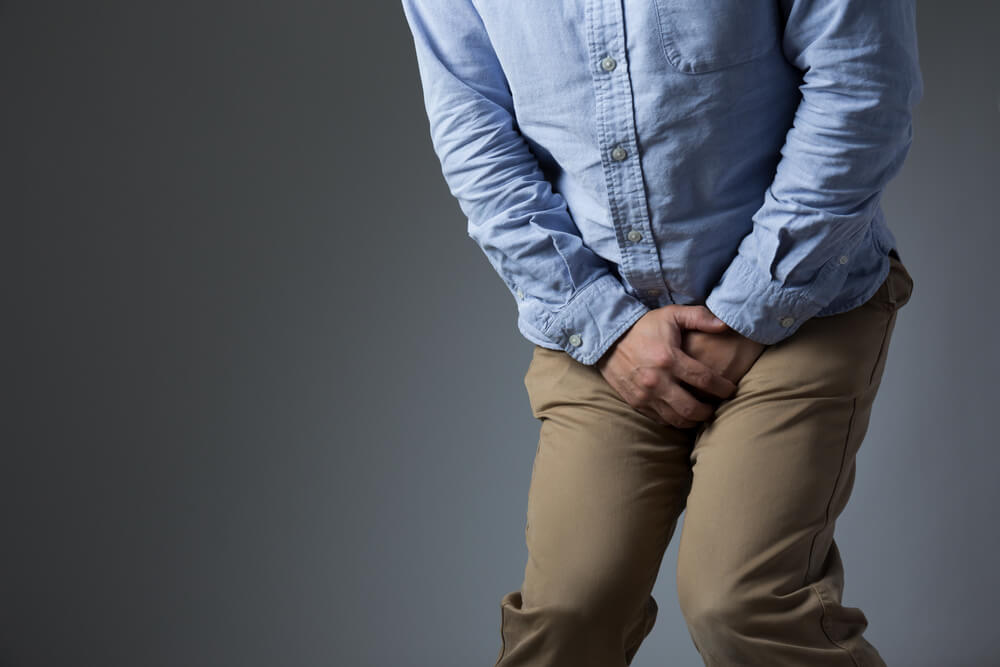Stress incontinence is a type of urinary incontinence that can occur when the pelvic floor and urinary sphincter muscles weaken, allowing urine to leak whenever pressure is exerted on the bladder. Things like coughing, sneezing, bending over, lifting, or laughing can all exert pressure on the bladder that results in urine leakage. In men, stress incontinence can occur after prostate surgery weakens the urinary sphincter. Stress incontinence can also be caused, or exacerbated, by COPD, obesity, and excessive smoking.
Did You Know?
The urinary sphincter sits just below the prostate gland. This means that the removal of the prostate gland can inadvertently damage the urinary sphincter. In some cases, a lack of physical support due to the removal of the prostate gland can also cause stress incontinence.
Frequently Asked Questions:
Do I have stress incontinence?
You may have stress incontinence if you experience varying amounts of urine leakage anytime pressure is exerted on your bladder. Generally speaking, minimal pressure causes minimal leaking, while more pressure can cause more leaking. Men who have had their prostate removed are more likely to have stress incontinence, however it can also be caused by other factors. To determine if you are affected by stress incontinence, schedule a consultation with Dr. Bortecen of SoHo Men’s Health today.
How is stress incontinence diagnosed at SoHo Men’s Health?
To diagnose stress incontinence, Dr. Bortecan will first discuss your symptoms and medical history. In addition to a physical examination, he may also perform certain diagnostic tests in order to test the function of your urinary tract and identify the cause of the leakage. These tests can include a urine flow test, blood test, cystoscopy, and urodynamic testing.
How is stress incontinence treated at SoHo Men’s Health?
At SoHo Men’s Health, we believe in starting with the most conservative treatment options first and then moving to other options as needed. Treatment for stress incontinence usually starts with using kegel exercises to strengthen the pelvic floor muscles. Our office also uses the EmSella Chair, which is a non-invasive treatment that uses electromagnetic technology to stimulate the pelvic floor muscles. Many people notice an improvement after just one session using the EmSella chair, however it is recommended to receive about 6 sessions scheduled twice a week for the best results.

